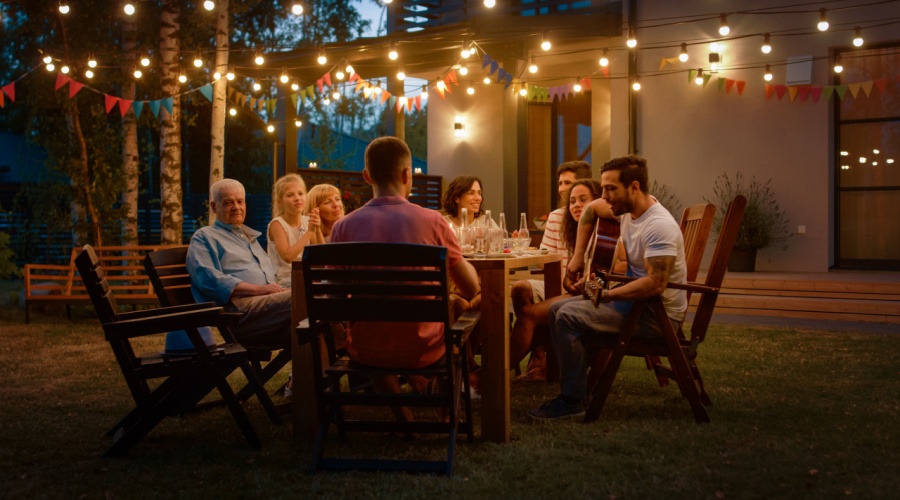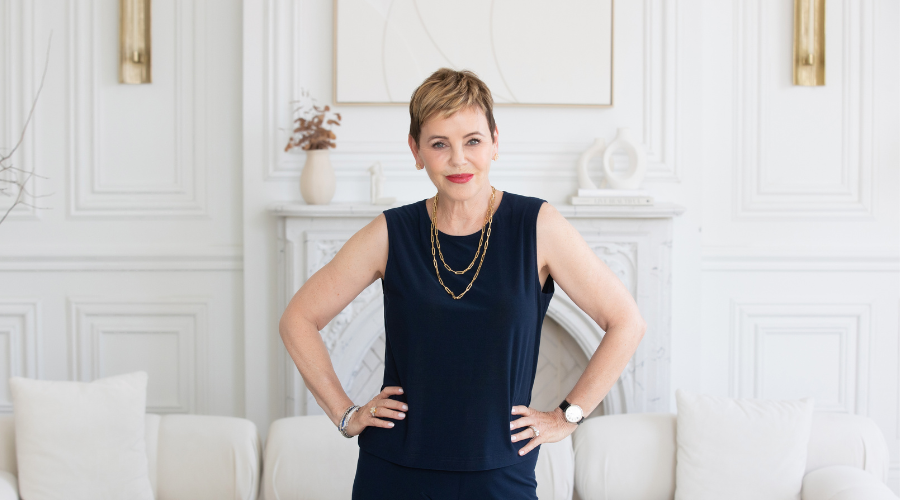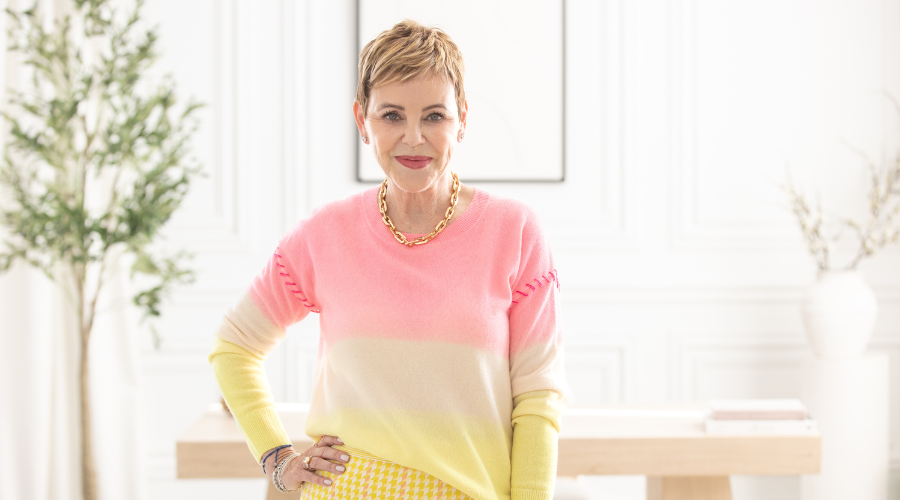This summer hardly any attention was paid to the fact that more Canadians are living alone than ever before. In August, Statistics Canada reported “a startling demographic.” There are more one-person households than any other sort of living arrangement in this country, more common than couples, families or roommates.
In fact, in the Stats Can study “one-person households accounted for 28.2% of all households in 2016—the highest share since Confederation in 1867. In 1871, there were on average 5.6 people per household.” How social norms change!
One-person households became the most common type of household for the first time in 2016, surpassing couples with children, which were down from 31.5% of all households in 2001 to 26.5% in 2016.
According to New York University sociology professor Eric Klinenberg and author of Going Solo: the Extraordinary Rise of and Surprising Appeal of Living Alone, “The main reason people live alone today is because they can afford it. Generations ago, few people had the means to go solo. Families formed to pool resources, which they used to feed, shelter and protect each other. But two things – the welfare state and the market economy – combined to generate unprecedented levels of personal security. And how did people use their new-found affluence? They got places of their own.”
Klinenberg marks two other developments that influenced the preponderance of solo living: the rising status of women and the revolution in communication technology. Not only can women afford their own homes, they can stay in digital contact with friends and family. My question: is it enough to keep us happy and meaningfully engaged? Or as Tolstoy decried in War and Peace, are we are linked to the crowd “a numberless multitude of people, of whom no one was close, no one distant?” For a wider discussion, Sherry Turkle’s book Alone Together: Why We Expect More from Technology and Less From Each Other is the best analysis I’ve come across.
I’ve only lived alone once in my life, when I was desperately trying to complete a Master’s degree thesis and I felt, rightly or wrongly, that the only possible way I’d get it done was to sequester myself in a solo apartment.
The experience left me questioning how I wished to conduct my adult life. To be honest, I fully enjoyed the latitude solo living gave me, the sublime privacy, the independence and the opportunity to explore any eccentricities I might have, such as staying up late at night and sleeping in during the morning hours. Or eating the same simple meals, day after day. I was twenty-three years old, and I didn’t know that much about myself until I lived alone.
What I discovered, during my year of living alone, is that overall I am better residing with others than by myself, and this simple personal truth holds true throughout middle age and into my senior years. When I left my little student apartment I moved, first renting with roommates, to buying a home with a romantic partner, to becoming a couple with one child, to being a single mom and, now that my daughter is grown and living with her boyfriend, to living with my fiancé.
More about my current living arrangement in my next blog. For now I’ll quote Canadian psychologist Susan Pinker: “As social support systems go, marriage is unique…. Married people enjoy stronger, more stable relationships and better physical and psychological health. They are far less likely to be alcoholics or depressed. They live longer, happier lives, even when scientists control for what shape they were in before they tied the knot.”
Turns out, I’m not so different from other women my age, who are reconsidering the advantage of living with others. Remarkably the only demographic where living alone has decreased in recent years is among older women. Among seniors, about one-third of women were living alone in 2016, according to Statistics Canada, down from 38.3 per cent in 2001. Another surprising fact is that the number of senior women living in a couple (married or common-law) rose from 44.4 percent in 2001 to 51.4 per cent in 2016.
These revealing statistics, almost entirely ignored by the media, demonstrate that the demographic of the single, divorced or widowed older woman living alone is fading into the woodwork. The living together trend is even more pronounced among women aged 80 and older, reports Stats Can. “The share of those living as a couple increased from 19.9 per cent in 2001 to 27.6 per cent in 2016, while the share of those living alone decreased from 56.1 per cent to 48.6 per cent. These figures are for women over 80.
At the same time, women 65 and older are teaming up with others in all sorts of living arrangements that offer companionship, romance, and financial stability. In a marvelous book, The Village Effect, author Susan Pinker discusses how face-to-face contact makes us happier and healthier. Her thesis is that humans require close, material social bonds and uninterrupted face-time with our friends and family in order to thrive –even to survive. (I prefer to call it conversation.) According to Pinker creating one’s own “village effect” makes us happier. It can also save our lives.
Pinker is primarily pointing to ways to combat loneliness, the scourge that affects seniors most adversely. Pinker describes loneliness as the “feeling of being bereft, deprived of intimacy, of hungering for companionship, as opposed to the physical state of being alone.”
It appears that older-aged women in Canada are doing something significant to address loneliness. They’re inviting partners, friends or grown children to share their space, to keep the black dog– as Churchill called depression—from biting. Not only does it make sense to divvy up expenses, but to enter into daily face-to-face relationships, keeping us vigourous and, dare I say, happier as we age.































